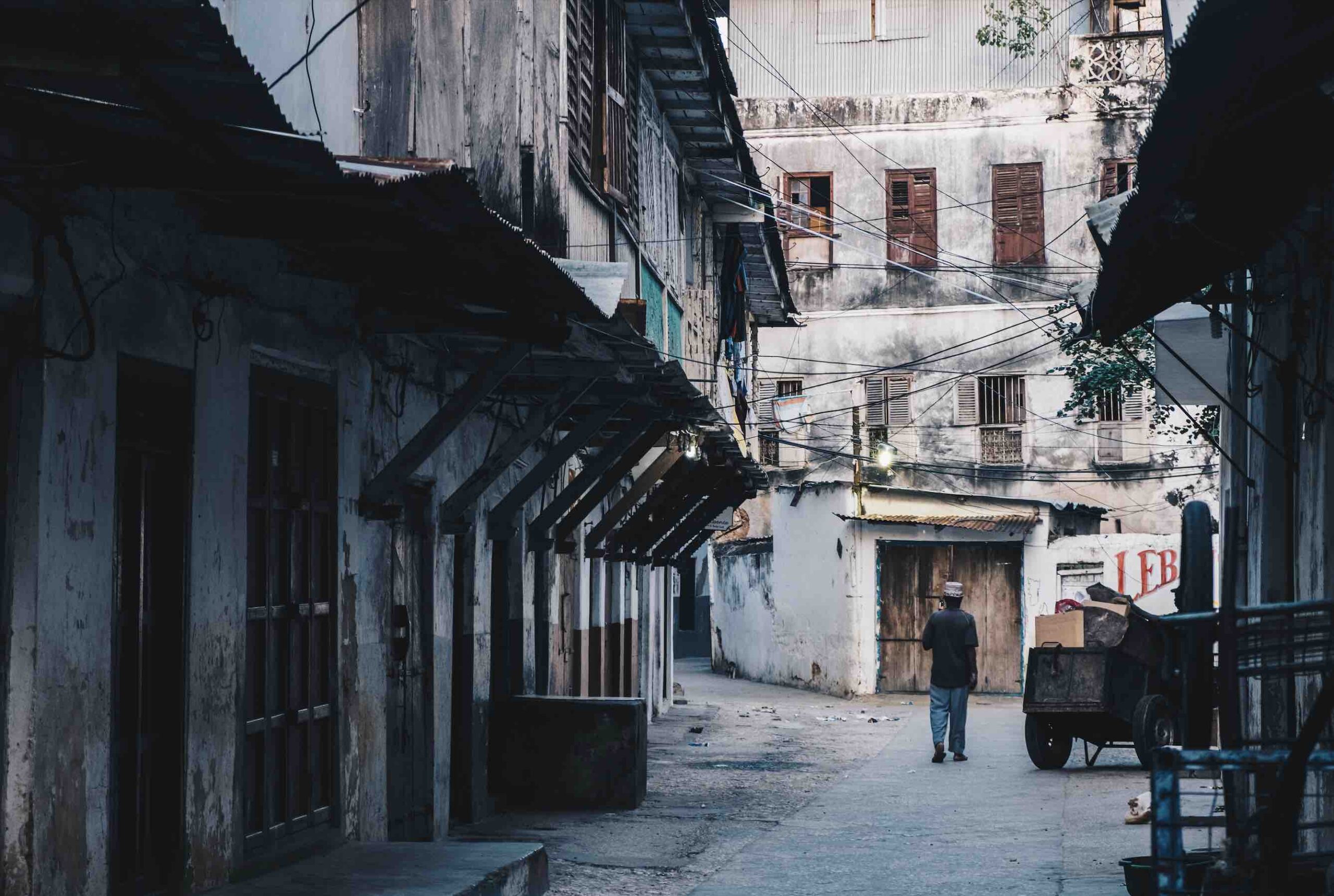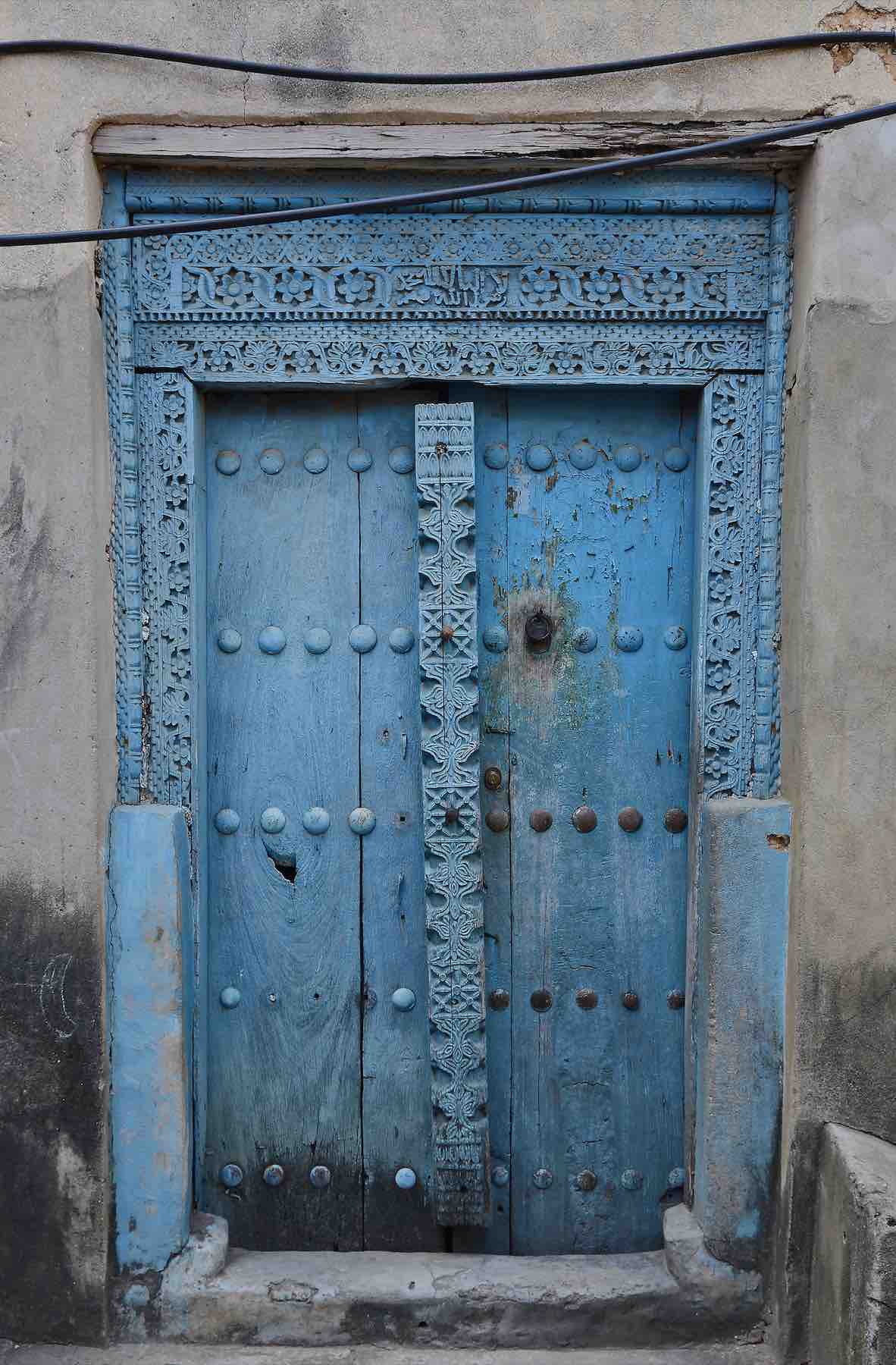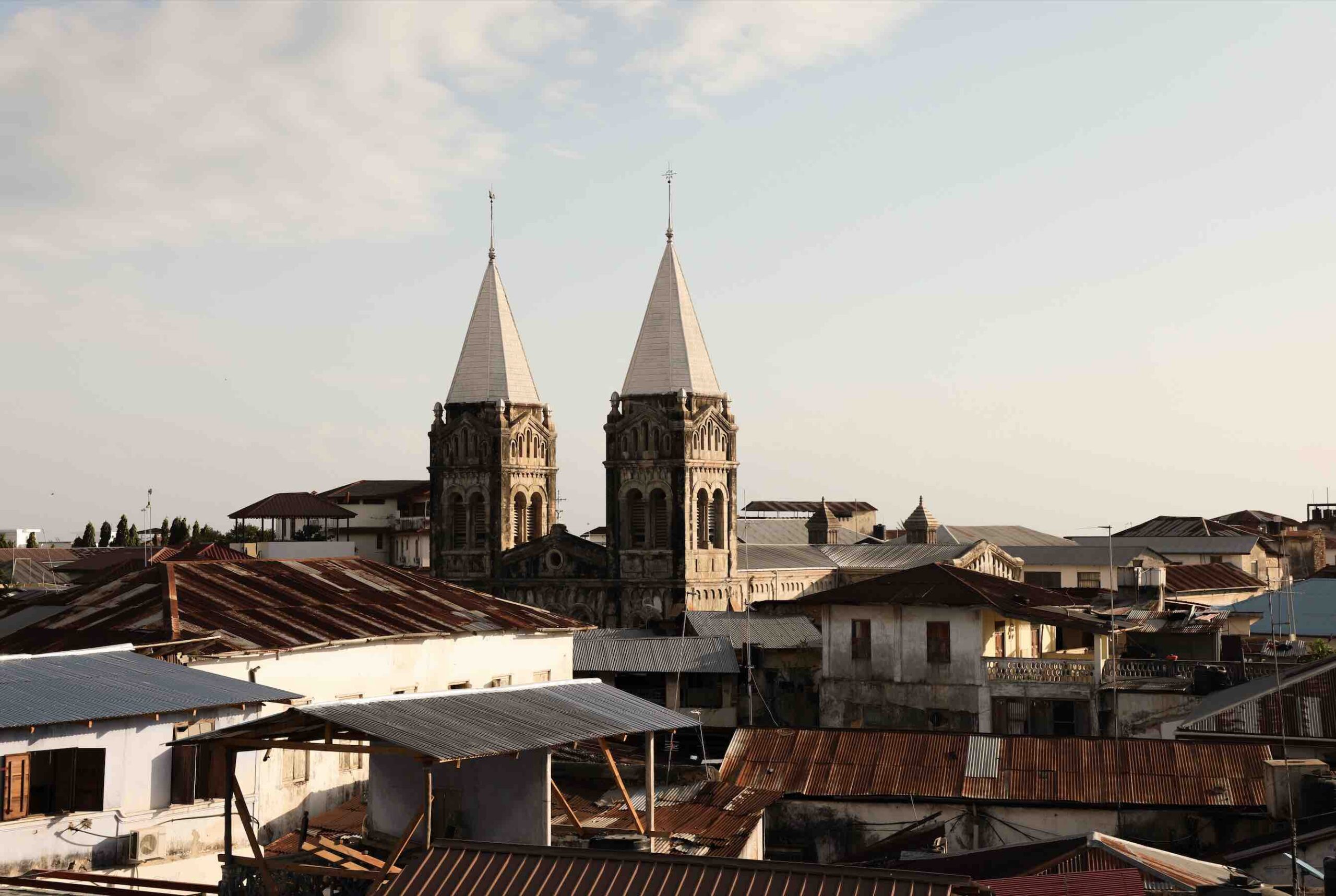While the archipelago of Zanzibar’s landscape is certainly idyllic, it’s the spices, weathered doorways, and rich fusion of cultures that make it so fascinating.
Between its white sands, warm turquoise waters, and towering coconut trees, booking a trip to Zanzibar is a no-brainer, especially for the average tourist looking for an easily accessible beach escape. It also boasts an unmissable dining destination aptly entitled The Rock, a seafood restaurant quite literally perched on a rock in the middle of the Indian Ocean. But a closer look reveals that nothing about this African archipelago is straightforward — and therein lies its appeal.
Let’s start with its name; the Arabic Zanjibār originates from the Persian Zang-bār, which loosely translates to ‘coast of the Blacks’. But this is a land where African immigrants were joined by the Shirazis from Persia during the 10th century, Portuguese conquerors in the 15th century, and Omani rulers in the late 17th century. European explorers and Indian merchants followed, most of whom stayed until Zanzibar was declared a British protectorate from 1890 until 1963 and a bloody revolution erupted against the sultan in January 1964. It was this event that resulted in its unity with Tanganyika to form Tanzania later that year.
Today, their collective presence is imprinted onto almost everything. The ubiquitous kuma hat is reminiscent of the rounded cap traditionally worn by men across Oman. The hearty urojo soup features turmeric and mango, and traces its roots in India. As for the lilting call to prayer? It wafts over the spires of churches, mirroring the harmony that pervades. And because diversity reigns supreme, no trip to this idyll is complete without a tour around Stone Town, its historical capital and cultural heart.

Living History
Here, there is a method to the madness. What initially seems like a chaotic tangle of bathhouses, mosques, colonial offices, former palaces, coral stone mansions, and colourful backstreet markets actually speaks volumes of what makes Stone Town a UNESCO World Heritage Site. You could stroll solo, but to truly understand the 2,000 years of cultural fusion that has taken place, a guided walk comes highly recommended.
Incidentally, Stone Town saw its heyday as a trade hub between East Africa and the Arabian Peninsula in the 19th century thanks to the influence of monsoon winds. But it’s what was being traded, spices aside, that taints its past: slaves. The practice was abolished in 1897, but traces can still be seen at the altar of Christ Church, an Anglican cathedral that dates back to 1879. In fact, the spot where slaves for sale were lashed is still marked. Be sure to walk over to the poignant slave memorial while you’re here; it depicts five slaves standing in a pit wearing original chains and neck collars, their haunting expressions serving as a grim reminder of a beleaguered past.

Interestingly, everyday life in Stone Town continues to retain a slow pace and Swahili character, despite the modernisation that’s inevitably taking place — and it’s a dream for photography enthusiasts. A common sight is men deeply absorbed in Bao, an East African game that calls for strategic thinking. Elsewhere, neighbours socialise on baraza benches, lingering outside in order to maintain privacy for the women inside.
Remember to look up when you’re taking it all in; the enclosed and intricately carved rosewood balconies are another noteworthy element of Stone Town’s tangible heritage. An example beckons at the Old Dispensary, arguably the island’s most attractive landmark. This late 19th century building fell into disrepair in the 1970s, but has been successfully restored, so take the time to observe its latticework balconies. It’s such monuments that make Stone Town an open-air museum, but no architectural aspect is as memorable as the ornately carved doors aptly dubbed ‘Zanzibar doors’.

Doors to the Past
Only a few hundred of these massive relics have survived, most of which are anchored in Stone Town. While many have been sold to collectors, a practice now banned, the ones that remain are beautifully weathered and easy to find — simply walk in any direction until you spot one. Pause and look closely, as these functioning works of art are also storytellers. Historians say that the nature of carvings reveals the occupation, religion, and even social status of their original owners. With powerful men commissioning elaborate doorways as a physical manifestation of their affluence, it was all about one-upmanship.
Most prominent are the sharp brass spikes that adorn some Zanzibar doors. This is an influence from India, where they helped defend against the ramming of trained war elephants. It’s only natural that many tourists inquire about buying a Zanzibar door, so local carpenters have set up a community in the village of Kidimni, making reproduction doors for sale. And because bringing home this Swahili art form is not quite practical, ethical souvenir shopping awaits at Sasik (a women’s craft co-operative) and Moto & Dada (handmade baskets and beauty products), both located only minutes away from the recently opened Freddie Mercury Museum — yes, the rock royalty was born Farrokh Bulsara in Stone Town in 1946.

Alternatively, you can head to Cultural Arts Gallery within Old Fort to watch artists in action and purchase their works. The first defensive structure erected by the Omanis when they took control of the island in 1698, this fort once served as both a prison and place of execution. These days, its open-air amphitheatre provides a screening venue for the annual Zanzibar International Film Festival.
Spice Makes Nice
Old Fort also faces the waterside Forodhani Gardens, home to a nightly food market where the eats come cheap and the vibe is cheerful. You’ll dine on everything from crab claws and calamari steaks to Zanzibar’s unique take on pizza. Prefer to splurge? Head to Tea House restaurant at Emerson on Hurumzi Hotel for authentic Swahili dishes in an atmospheric setting (think: live taarab music, dimly lit lanterns, colourful floor cushions, and views over the motley roofs of Stone Town). Just remember to book ahead.

Foodies will be pleased to learn that Zanzibar’s cuisine is aromatic and loaded with flavour, courtesy of the herbs and spices brought to the island by the Portuguese — hence the nickname ‘Spice Island’. And to truly immerse into local life, we recommend the Zanzibar Spice Tour & Cooking Class that entails a visit to Stone Town’s main bazaar and cooking alongside Chef Lutfia in her home. Her storytelling prowess in particular is what wins rave reviews. Another unmissable adventure? The Princess Salme & The Spices tour.

Because many of the islands produce nutmeg, cloves and cinnamon, tour operator Zanzibar Different guides guests through a spice plantation before following in the footsteps of the archipelago’s rebel princess Sayyida Salme by way of Persian baths and Mtoni Palace ruins. Zanzibar Different also founded Mrembo Spa, where blind and deaf therapists with a deft touch tend to aches and pains. The likes of clove, cinnamon and anise also make an appearance on its menu. The ‘Mbarika’ treatment, in particular, is perfect when a little R&R is in order; it’s the perfect antidote to getting lost in the labyrinth that is Stone Town.
GO: Visit www.zanzibar.com for more information.
The post Zanzibar is no ordinary beach destination — here’s why appeared first on FACT Magazine.
